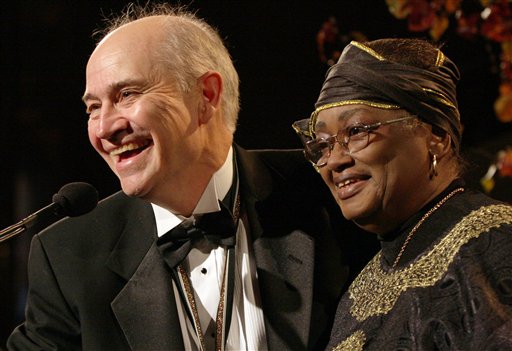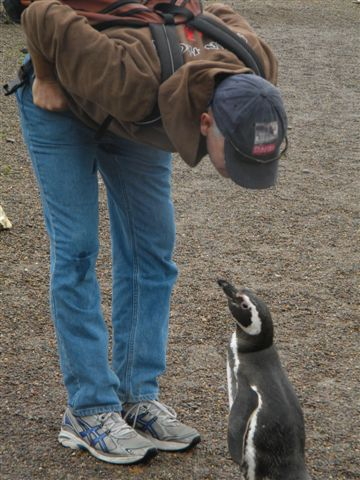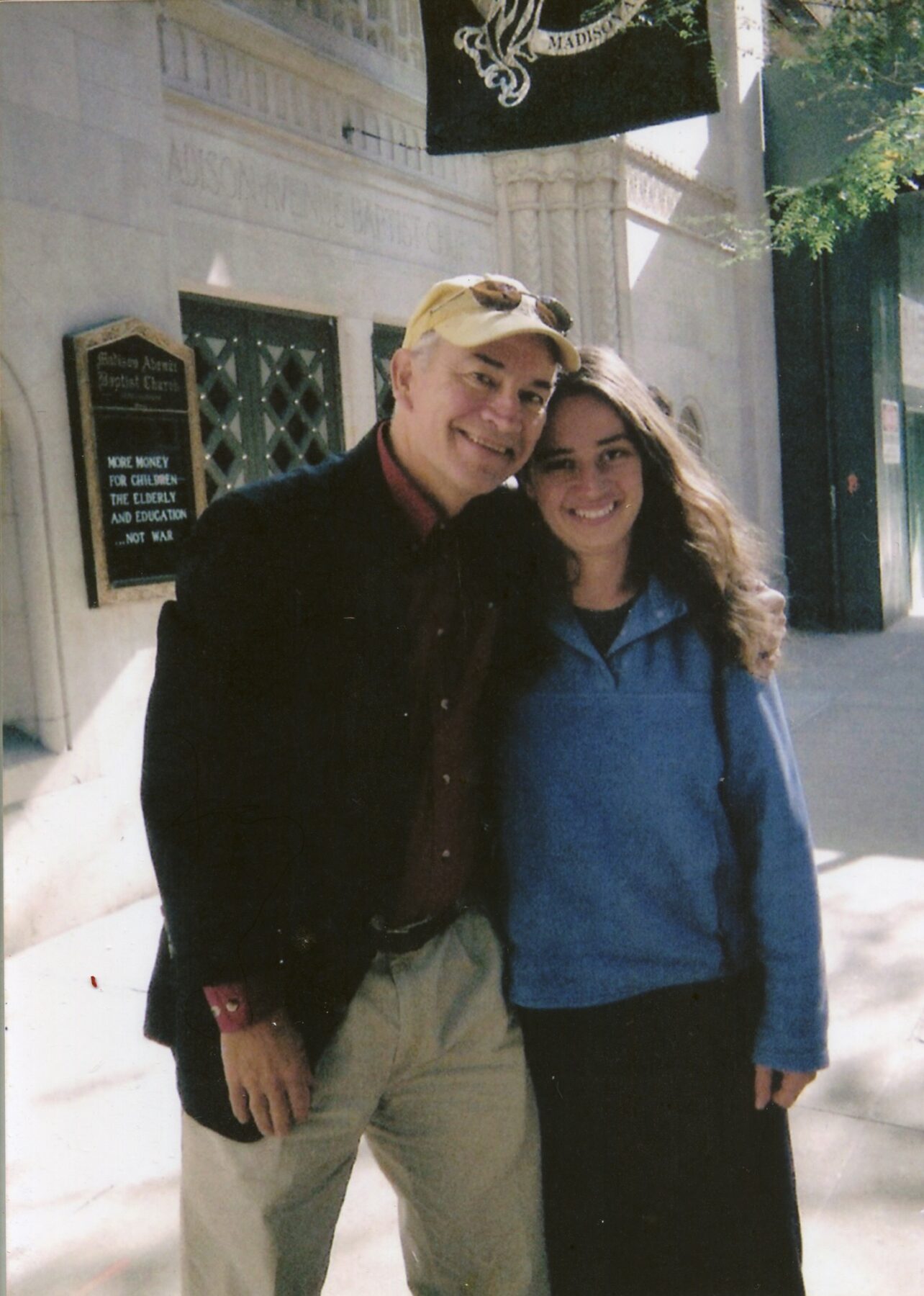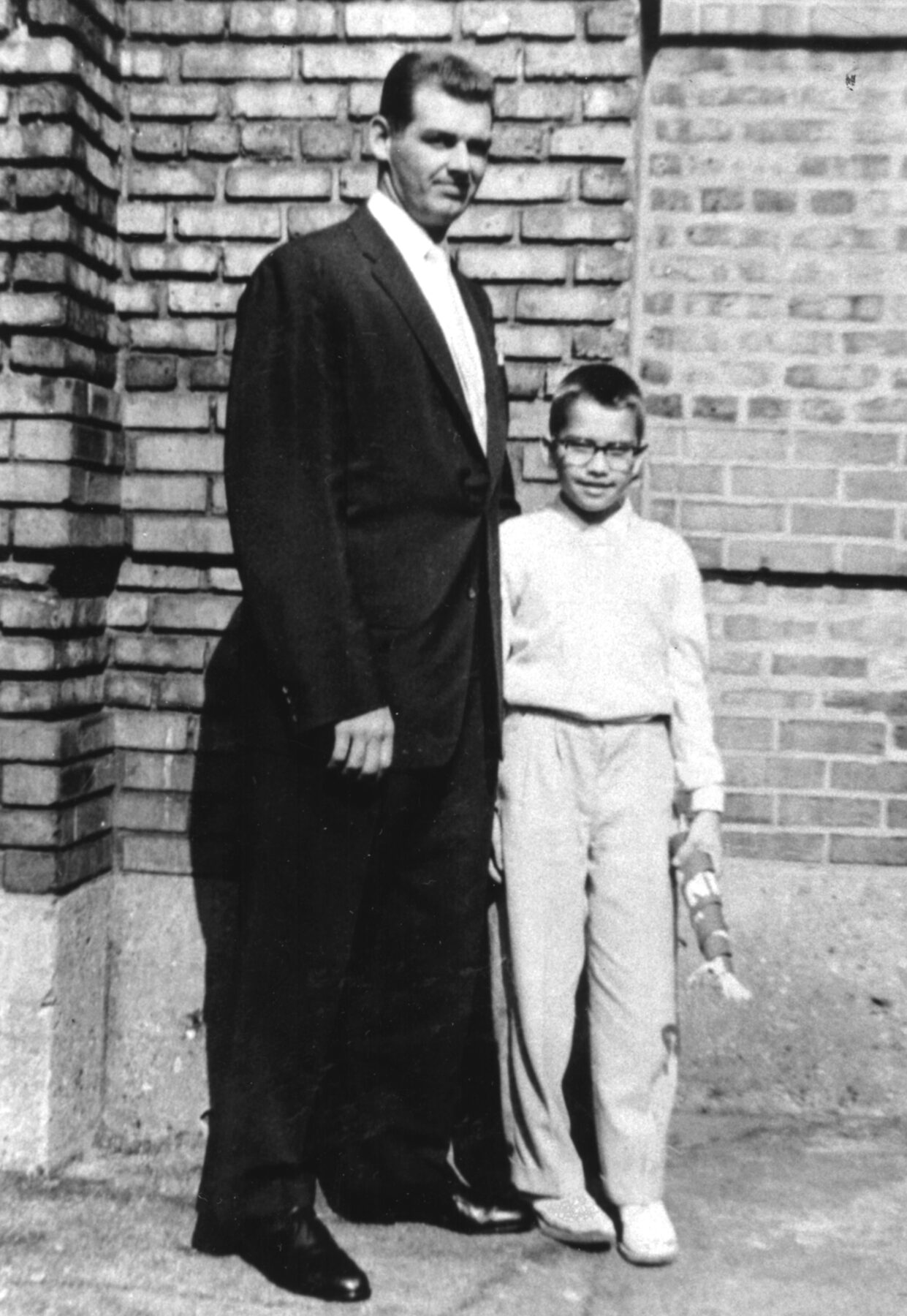When author Phillip Hoose was awarded the Katahdin Award for lifetime achievement by the Maine Library Association, the committee stated that his “books for children, young adults, and adults have brought the under-noticed and overlooked to stunning clarity and inclusion with the power of his storytelling.”
Phil Hoose’s first children’s book was a picture book that he co-wrote with his then nine-year-old daughter Hannah Hoose. First composed as a song, Hey, Little Ant (1996) brings attention to the often overlooked and frequently squished ant. The book has sold over a million copies and has been translated into 10 languages. The book’s conclusion, “What do you think that kid should do?” leaves the decision of “to squish or not to squish” in the hands of readers and has spawned thousands of classroom discussions, essays, and artwork.
The contributions of the teenager Claudette Colvin to the Civil Rights Movement were overlooked until Phil wrote the National Book Award-winning Claudette Colvin: Twice Toward Justice (2010). The book was the most honored title for young people that year, bringing home one of the most coveted of prizes in children’s literature, the Newbery Honor. Claudette Colvin and Phillip Hoose are currently working on a picture book about her refusal to give up her seat on a Montgomery bus in 1955.
Hoose first discovered Colvin’s story while researching the 66 profiles which became the National Book Award-nominated book, We Were There Too!: Young People in U.S. History (2001). Hoose began the six-year research and writing project after being told by a middle school student that not seeing anyone her age in her history books made her “feel invisible.” Hoose’s book restores youth to the national story. Studs Terkel called it, “maybe the most exhilarating and revelatory history of our country.”
Social activism has been at the heart of Hoose’s work. His first book for young adults, “It’s Our World, Too!”: Young People Who Are Making A Difference (1993), is a gallery of young people who created positive social change at all scales. It won the Christopher Award for “artistic excellence…affirming the highest values of the human spirit.”
Hoose was captured by the story of the Danish teenagers that resisted the invading German army and penned the Boston Globe-Horn Book Honor-winning The Boys Who Challenged Hitler: Knud Pedersen and The Churchill Club (2015). The “superbly told, remarkable true story” (Kirkus Reviews) was on five “best books” lists.
Dr. Marc Aronson of Rutgers University, also an award-winning author of non-fiction books for young people, observes that Hoose has been, “driven by his passion for nature or for history—to find truths we need to know, cloak them in vivid words and compelling pictures, and to share them with young readers.”
Hoose’s literary “passion for nature” was developed at Yale School of Forestry and Environmental Sciences and during his 37 years at The Nature Conservancy. Hoose grippingly recounted the Ivory-billed Woodpecker’s slide toward extinction in his Boston Globe-Horn Book Award-winning title, The Race to Save the Lord God Bird (2004). Said the Washington Post Book World, “There is probably more passion, sadness, villainy, heroism and sheer suspense in this account of the decline of the ivory-billed woodpecker than in any other book, of any genre, destined for young readers’ shelves this year…a magnificent book, and not just for kids.”
Seeking to draw attention to a bird that could still be saved, Hoose wrote Moonbird: A Year on the Wind with the Great Survivor B95 (2012), the true story of a particular bionic-seeming shorebird, first banded in 1995, that has migrated from the bottom to the top of the earth and back about forty times. Identified by the inscription B95 on his left upper leg, this amazing animal racked up a total mileage exceeding that between the earth and the moon—and at a time when his subspecies is rapidly losing ground.
“I always know that a book by Phil Hoose will take a complex subject and make it understandable, while maintaining a sense of awe and wonder,” says David Allen Sibley, author of the bestselling Sibley Guide to Birds.
In the fall of 2022, Phil will release Duet: Our Journey in Song with the Northern Mockingbird. The book presents US History through an unlikely musical connection. As author Steve Sheinkin puts it, “This book will change how you listen to the world.”
Hoose’s childhood in Speedway, Indiana influenced led to the publication of acclaimed sports titles for children and adults. Perfect, Once Removed: When Baseball Was All the World to Me (2006) is an autobiographical account of Hoose’s discovery as a boy that his cousin was Yankee pitcher Don Larsen who pitched the perfect game in the 1956 World Series. As a young person, Hoose was captured by Indianapolis basketball and the rise of Oscar Robertson and his legendary high school team. His Unbeatable: How Crispus Attucks Basketball Broke Racial Barriers and Jolted the World (2018) and the earlier Hoosiers: The Fabulous Basketball Life of Indiana (1986) are Hoose’s tributes to Indiana as the epicenter of basketball.
From the smallest of creatures, ants, and shorebirds, to the under-noticed yet crucial acts by young people throughout history like Claudette Colvin, Phillip Hoose has brought readers across the globe a lifetime of stories of perseverance, justice, and courage.
A songwriter and performing musician, Phillip Hoose is a founding member of the Children’s Music Network and a member of the band Chipped Enamel. Phillip Hoose divides his time between Portland, Maine and New Orleans, Louisiana with his artist/musician wife Sandi Ste George and their dog Coda.





